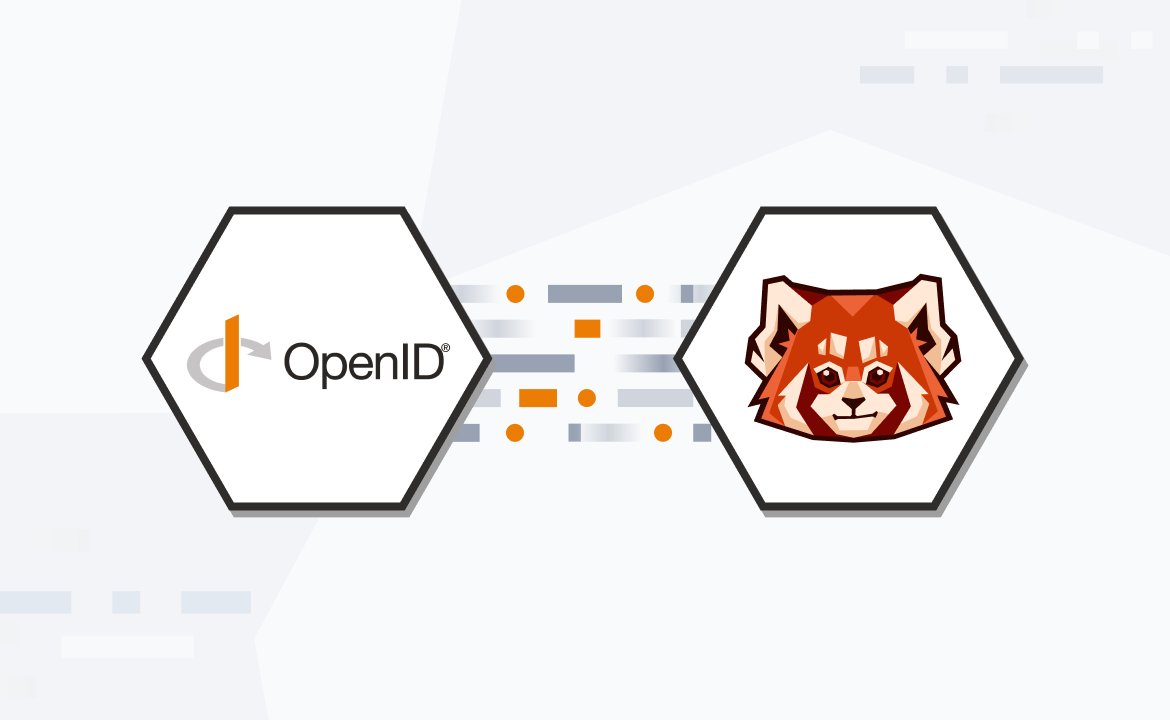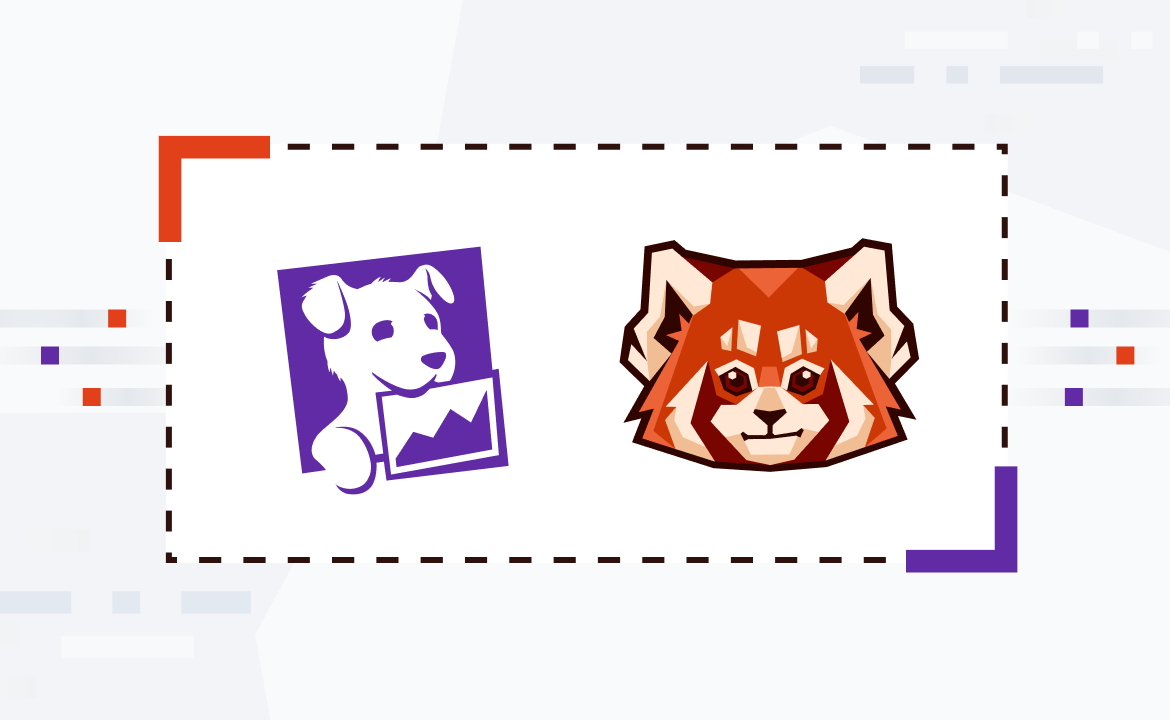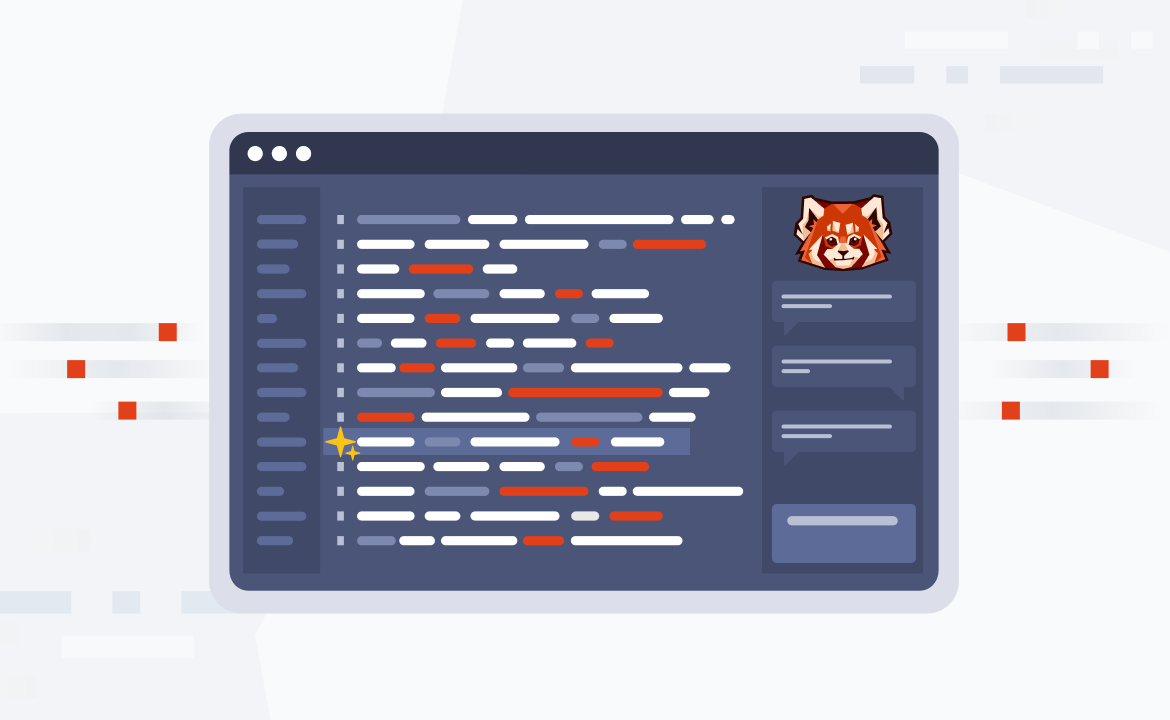
What is serverless architecture? Benefits and use cases
Serverless architecture eliminates server management, enabling cost-effective, scalable, and efficient development for modern applications.

Cloud technology frees businesses from managing physical servers. Today, serverless architecture represents the next step in this evolution.
Serverless tools introduce a streamlined method of building and running applications in the cloud. By abstracting infrastructure management entirely, serverless infrastructure allows businesses to focus on writing and deploying code while automatically scaling and executing functions in response to demand. This model offers superior cost-savings while also fostering greater agility. In other words, it’s an ideal choice for modern application development.
To get you on the right track, this post gives you a quick introduction to the serverless architecture, popular use cases, and the easiest way to get started.
What is serverless architecture?
Serverless architecture is a cloud computing model that abstracts infrastructure management entirely, allowing businesses to focus solely on application logic. Serverless technologies offer an answer to a problem familiar to many IT managers: overpurchasing from a cloud provider. For example, companies often rent set amounts of server space from their cloud partners. To avoid buckling under the weight of an unexpected spike, companies will often pay for more than what they need. While a useful insurance policy, this additional server space often goes unused, leading to a wasted investment.
In a serverless model, compute resources are provisioned on demand, and businesses only pay for their exact usage. By eliminating the need to maintain infrastructure, serverless architecture reduces costs and minimizes operational overhead, while helping businesses deploy and iterate applications faster.
How serverless architecture works
In a serverless environment, application logic is broken into discrete functions that execute in response to specific events, such as application programming interface (API) requests, database updates, or scheduled tasks. This is often referred to as Function-as-a-Service (FaaS).
When an event triggers a function, the serverless platform spins up the necessary resources to execute it. After the task is completed, the platform deallocates resources, ensuring efficiency and cost-effectiveness. This "pay-as-you-go" model means you’re only charged for the compute time your application uses, rather than for idle resources. Additionally, serverless platforms are designed to handle scaling automatically, so your applications can respond to spikes in traffic without manual intervention.
Serverless architecture vs. container architecture
While both serverless and container architectures abstract away infrastructure complexities, they serve different purposes:
- Serverless Architecture is event-driven and designed for tasks that scale automatically with usage. That makes it ideal for use cases like event processing, real-time data streaming, or trigger-based workflows.
- Container Architecture provides more control over the environment in which applications run. Developers configure and manage containerized applications, which are better suited for consistent, long-running processes or complex workloads that require specific runtime settings.
For many businesses, the choice between serverless and containers isn’t binary. A hybrid approach that leverages the strengths of both models can maximize flexibility and performance.
4 benefits of using a serverless architecture
Serverless architecture has transformed how businesses approach application development by eliminating the need to manage infrastructure. This capability has significant implications for businesses, including these four key advantages:
1. Cost optimization
With serverless, you only pay for what you use. Resources scale automatically to meet demand, and you’re not charged for idle capacity. This eliminates over-provisioning and reduces costs, making it an attractive choice for startups and enterprises alike.
2. Scalability
Serverless platforms can automatically scale up to handle sudden traffic spikes or scale down to zero during periods of inactivity. This ensures that applications remain responsive while keeping costs aligned with usage.
3. Improved developer experience
By offloading infrastructure management to the cloud provider, developers can focus on building and optimizing applications. The right serverless platform can further simply the experience using intuitive tools and APIs.
4. Faster time to market
Serverless architecture accelerates development by removing the need for extensive setup and maintenance. Developers can quickly deploy applications, iterate based on feedback, and bring products to market faster.
Examples of serverless architecture use cases
Serverless architecture is a versatile solution that enables businesses to build and deploy a wide range of applications efficiently. Below, we explore several practical use cases where serverless architecture delivers exceptional value and scalability.
Building APIs
Serverless architecture provides a highly scalable and efficient way to build APIs that respond to user requests in real time. Functions can be configured to handle specific tasks, such as processing incoming JavaScript Object Notation (JSON) data, querying databases, and returning the processed information to the client. This approach allows developers to focus on optimizing API performance and ensuring rapid response times even during high traffic.
Trigger-based actions
Serverless functions excel at executing workflows triggered by specific events, such as a user action or a system update. For example, when a customer places an order on an e-commerce site, a serverless function can update the inventory, send a confirmation email, and notify the shipping department. This capability ensures seamless, automated operations without the need for managing underlying infrastructure, making it a powerful tool for building responsive and efficient applications.
Event processing
Real-time event processing is a critical use case for serverless architecture. With serverless platforms, businesses can ingest and analyze event data streams from sources like IoT devices, transaction logs, or social media feeds. For instance, serverless functions can process IoT sensor data to identify anomalies in manufacturing equipment.
Media processing
Serverless functions streamline media-related tasks like resizing images, transcoding videos, or generating thumbnails. This ensures that media is processed quickly and efficiently without excessive use of compute resources, making it a cost-effective solution for media-heavy applications.
Data pipelines
Serverless architecture helps developers use software to integrate diverse data sources and transform information for analysis. It automates tasks like data ingestion, transformation, and storage, reducing the burden on developers. This streamlined approach ensures data is actionable and accessible when needed.
Webhooks
Serverless functions serve as lightweight webhook handlers, enabling quick responses to external events such as payment confirmations or software updates. They ensure seamless communication between systems by processing events in real time. This flexibility makes serverless a perfect fit for dynamic integrations.
Microservices
Serverless supports the development of modular, event-driven microservices architectures that enhance scalability and reliability. Each service operates independently, reducing dependencies and simplifying deployment. This architecture enables businesses to build applications that are easier to scale and maintain.
Chatbots and voice assistance
Serverless is ideal for powering chatbots and voice assistants, enabling them to process requests and deliver real-time responses without using excessive server space. These functions can handle tasks like natural language processing and data retrieval without delays. This ensures a smooth conversational experience for end users.
Running scheduled jobs
Serverless functions efficiently handle scheduled tasks such as database backups or periodic report generation. These functions automatically execute at predefined times, eliminating the need for manual oversight. This reduces operational costs while ensuring critical tasks are completed on schedule.
Who should use a serverless architecture?
Serverless architecture is a game-changer for organizations looking to minimize costs, scale seamlessly, and accelerate development. Startups can benefit greatly from its cost-efficiency and flexibility, enabling them to focus on building and iterating products without worrying about infrastructure. For enterprises, serverless offers the ability to manage large-scale, unpredictable workloads by automatically scaling resources during traffic spikes and reducing costs during downtime.
This architecture is ideal for a wide range of use cases, including customer-facing applications, backend automation, and real-time data processing. By offering improved flexibility, serverless architecture empowers businesses to streamline operations, integrate tools efficiently, and respond quickly to changing demands. Whether you're a startup seeking agility or an enterprise optimizing complex workflows, serverless provides the foundation for scalable, efficient, and innovative solutions.
Get started with Redpanda Serverless
Serverless offers more than just another cloud architecture option — it's the key to optimizing cloud spend and building more agile applications. By enabling on-demand resource allocation, serverless architecture empowers businesses to focus on application logic while reducing costs and operational overhead. This makes it particularly valuable for organizations seeking to scale efficiently and respond quickly to changing demands.
With Redpanda Serverless, these benefits become even more accessible. Designed for simplicity, scale, and performance — Redpanda Serverless lets you focus on crafting impactful, real-time applications without worrying about infrastructure. Explore Redpanda Serverless today with a free trial and start building the next generation of applications.
🚀 Read our Docs to get started with Serverless
🤖 Try on AWS Marketplace and get $300 in credits
Related articles
VIEW ALL POSTSLet's keep in touch
Subscribe and never miss another blog post, announcement, or community event. We hate spam and will never sell your contact information.














.png)

